
This is the 13th year in a row that I’ve generated journal ranks based on the journal-ranking method we published several years ago.
There are few differences in how I calculated this year’s ranks, as well as some relevant updates:
- As always, I’ve added a few new journals (either those who have only recently been scored with the component metrics, or ones I’ve just missed before);
- I’ve included the new ‘Journal Citation Indicator’ (JCI) in addition to the Journal Impact Factor and Immediacy Index from Clarivate ISI. JCI “… a field-normalised metric, represents the average category-normalised citation impact for papers published in the prior three-year period.”. In other words, it’s supposed to correct for field-specific citation trends;
- While this isn’t my change, the Clarivate metrics are now calculated based on when an article is first published online, rather than just in an issue. You would have thought that this should have been the case for many years, but they’ve only just done it;
- I’ve also added the ‘CiteScore’ (CS) in addition to the Source-Normalised Impact Per Paper (SNIP) and SCImago Journal Rank (SJR) from Scopus. CS is “the number of citations, received in that year and previous 3 years, for documents published in the journal during that period (four years), divided by the total number of published documents … in the journal during the same four-year period”;
- Finally, you can access the raw data for 2020 (I’ve done the hard work for you) and use my RShiny app to derive your own samples of journal ranks (also see the relevant blog post). You can add new journal as well to the list if my sample isn’t comprehensive enough for you.
Since the Google Scholar metrics were just released today, I present the new 2020 ranks for: (i) 101 ecology, conservation and multidisciplinary journals, and a subset of (ii) 61 ‘ecology’ journals, (iii) 29 ‘conservation’ journals, (iv) 41 ‘sustainability’ journals (with general and energy-focussed journals included), and (v) 20 ‘marine & freshwater’ journals.
One final observation. I’ve noted that several journals are boasting about how their Impact Factors have increased this year, when they fail to mention that this is the norm across most journals. As you’ll see below, relative ranks don’t actually change that much for most journals. In fact, this is a redacted email I received from a journal that I will not identify here:
We’re pleased to let you know that the new Impact Factor for [JOURNAL NAME] marks a remarkable increase, as it now stands at X.XXX, compared to last year’s X.XXX. And what is even more important: [JOURNAL NAME] increased its rank in the relevant disciplines: [DISCIPLINE NAME].
Although the Impact Factor may not be the perfect indicator of success, it remains the most widely recognised one at journal level. Therefore, we’re excited to share this achievement with you, as it wouldn’t have been possible, had it not been for all of your contributions and support as authors, reviewers, editors and readers. A huge ‘THANK YOU’ goes to all of you!
What bullshit.
Anyway, on to the results:
(i) ecology, conservation and multidisciplinary

Here’s a more focussed list of the top-20 journals from above:
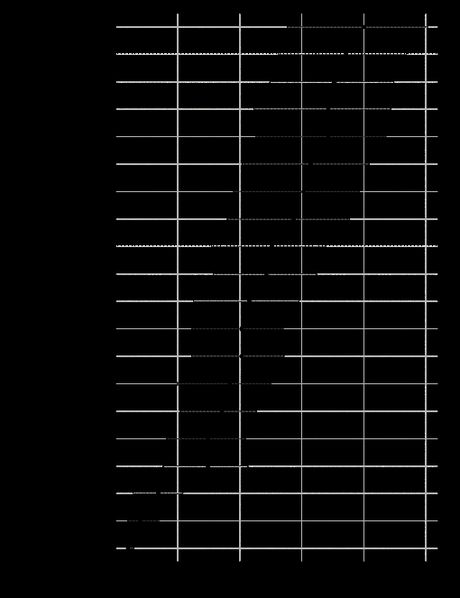
The only notable change is that Nature Ecology and Evolution has made a big jump since last year.
(ii) ecology journals
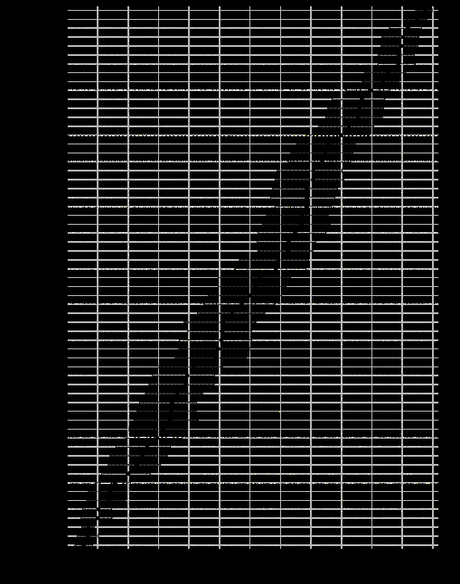
For the leaders, again, it’s all about Nature Ecology and Evolution that has moved into first position. Global Change Biology has also moved up a bit.
Here’s a closer look at the top-20 from that last list:
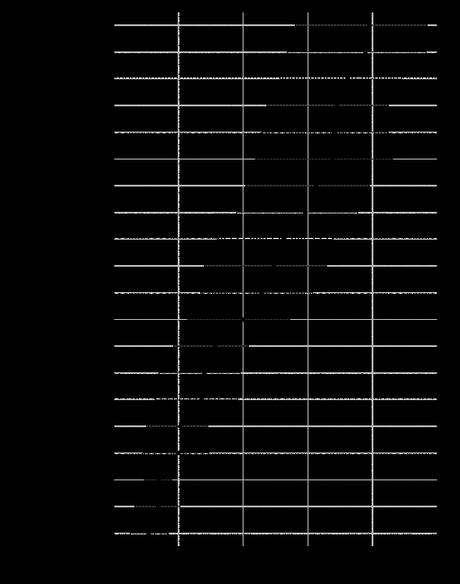
(iii) conservation journals
Here is the most interesting list for ConservationBytes.com readers:
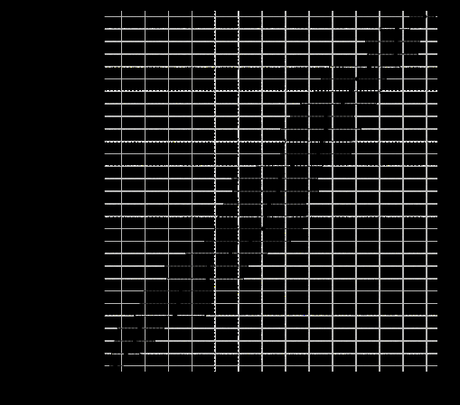
This hasn’t changed much from last year, except that Conservation Letters has edged a little more ahead of Conservation Biology, and Biological Conservation is more or less identical in ranking to the latter.
(iv) sustainability journals
In the ‘sustainability’ journals (including some general-category ones too), not much has changed since last year apart from that notable rise by Nature Ecology and Evolution:
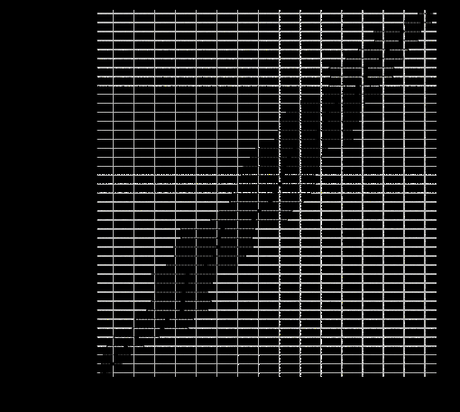
(v) marine and freshwater journals
Not much change here either since last year, although you might have noted that I’ve dropped Annual Review of Marine Science because it doesn’t yet have a Journal Citation Indicator score:
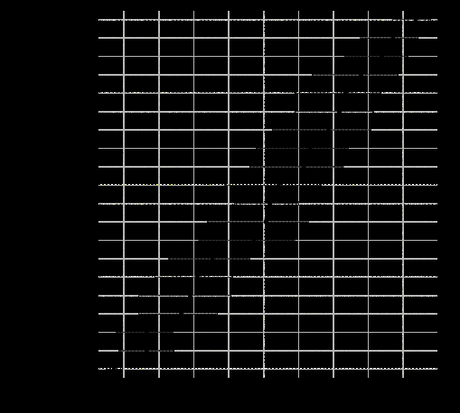
See also the previous years’ rankings (2019, 2018, 2017, 2016, 2015, 2014, 2013, 2012, 2011, 2010, 2009, 2008).
—
CJA Bradshaw

